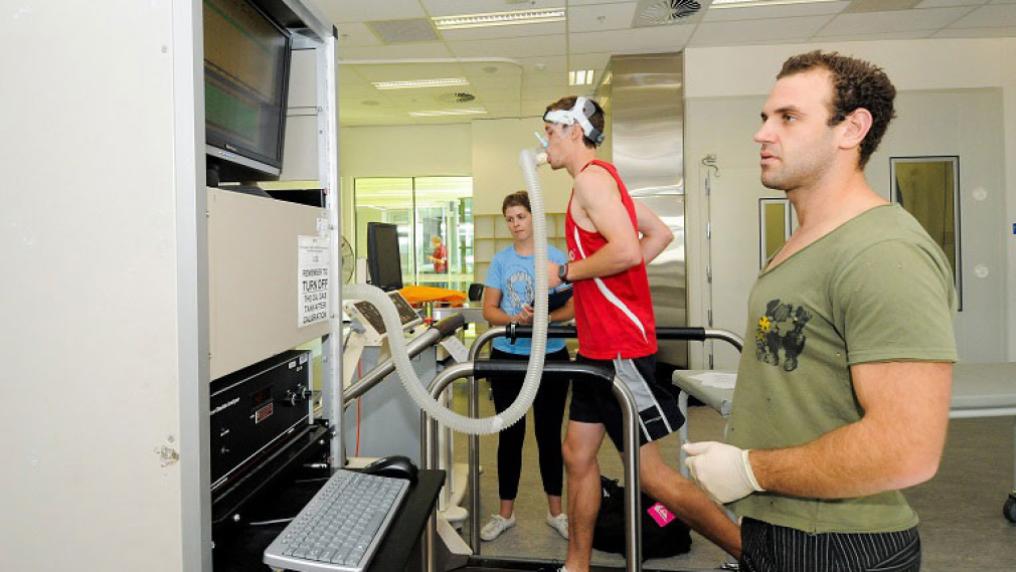Tertiary sector needs reform to meet skills demand

Australia’s tertiary education is in urgent need of reform with new analysis from the Mitchell Institute at Victoria University showing participation rates are on the decline and on current trends would fall by around 16 per cent over the next 10 years from its peak.
Presenting the new analysis in his innovative Rethinking and Revitalising Tertiary Education paper (PDF, 1.3 MB), Victoria University’s Vice-Chancellor Professor Peter Dawkins warns that the projected decline of young people accessing tertiary education will leave Australia struggling to meet future skills needs.
By 2021, an estimated 96% of the 1.1 million new jobs to have been created will require tertiary education, at either university or Vocational Education and Training (VET).
“Major reforms are needed to tertiary education to boost participation rates, respond to a rapidly changing industry sector, better deliver for the diversity of students now seeking to study in tertiary education, and maintain Australia’s prosperity,” Professor Dawkins said.
The required reforms include: a more equitable approach to student loans; an improved funding model to boost participation; better linkages between the VET and university sectors; expansion of traditional apprenticeships to new industries and occupations including the professional sector; and, innovation in teaching.
Student loans, fees & funding
“A post‐school qualification is becoming a baseline requirement for meaningful social and economic participation for young Australians,” Professor Dawkins said.
“It is crucial that in a fair society, young people do not miss out on opportunities and employers don’t miss out on talent. We need a commitment to a sustained increase in funding for tertiary education by federal and state governments to help meet demand.”
Professor Dawkins said other inequitable policies also needed reform.
“Twenty-first century businesses require employees to have qualifications from across the entire tertiary sector. Yet many students need to pay course fees up front, resulting in some Australians, particularly disadvantaged students, missing out on career opportunities.
“It is both unfair and inefficient that only students studying undergraduate courses and some TAFE courses can access student loans to cover fees,” he said. “Similarly, low income Australians can access income support for undergraduate studies but not for many postgraduate or VET courses. These policies need to change to provide greater opportunity for young Australians and meet the demands of industry.”
Better connection between the VET & university sector
Currently there is varying quality of VET courses and insufficient credit for courses studied.
Professor Dawkins said increasing the quality of VET and providing credit for subjects completed by students transitioning from VET to university would not only save on costs to students and the public purse but provide a better experience and opportunities for students.
In addition to accessing income contingent loans to study, learners should be able to co-enrol in both higher education and VET without financial penalties and disincentives.
Among the integration reforms are for the Commonwealth to assume responsibility for funding AQF level five and six courses.
Professor Dawkins said changes to encourage the VET sector to provide a greater proportion of higher education entry level courses would deliver a cost saving due to the VET courses being more affordable to deliver.
Apprenticeships & training
“Industry is telling us it wants graduates to be job ready, which is why on-the-job training is so crucial. Extending apprenticeships to the professional sector along with new technical apprenticeships presents a significant opportunity to boost the quality and work readiness of our graduates,” Professor Dawkins said.
“From education and engineering to finance, IT and more, students would benefit from on-the-job apprenticeships integrated with learning the theoretical component at university and VET.”
Disadvantaged students
Professor Dawkins said new innovative teaching models were also needed to support students’ learning, especially as the diversity of tertiary students increases.
“Victoria University has trialled teaching courses one at a time in intensive four week blocks.
The new model, which we call the VU Way, has boosted students’ academic performance and understanding,” Professor Dawkins said.
For example, the VU way led to a 22.9% increase in the pass rate for students from low socio-economic backgrounds.
Micro-learning provides opportunities for a cost-effective upgrade to skills, particularly for those already in to the workforce.
“It is this type of innovation that is needed to improve the quality of education for all students, better support disadvantaged students, improve the quality of graduate for industry and deliver cost savings.”



